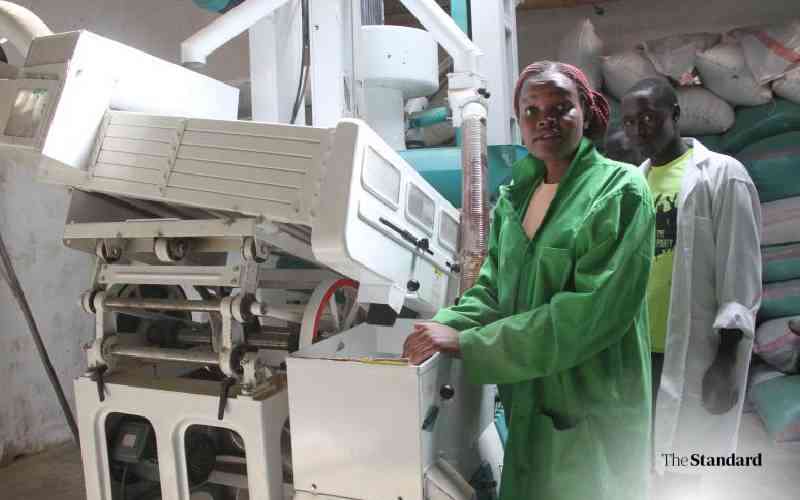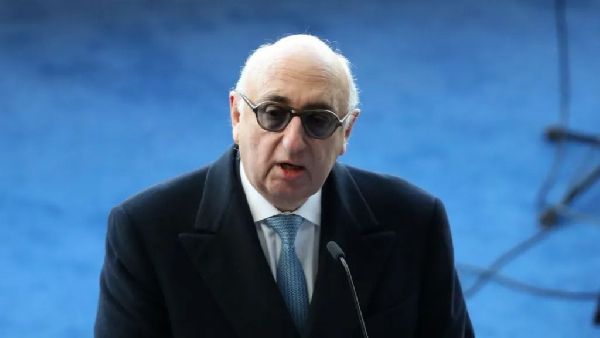Playgrounds are a place for fun, laughter, and learning. But sometimes, what starts as a day of play can end in a visit to the emergency room. Many children get injured while using playground equipment or simply running around with their friends.
According to the Centers for Disease Control and Prevention (CDC), over 200,000 children under the age of 14 are treated in emergency rooms every year due to playground injuries. In Los Angeles, playground injuries are more common than most people think. In some cases, these injuries are serious and may lead to long-term health issues.
Parents who believe that unsafe conditions or poor supervision played a role often reach out to a Los Angeles playground accident attorney for help and guidance.

There are many reasons why children get hurt on playgrounds. Sometimes, equipment isn’t checked or repaired. Other times, the surface is too complicated or uneven. A child may trip over a broken swing or fall from a high slide. Lack of adult supervision also plays a significant role. Some injuries happen because the playground is too crowded or the equipment isn’t right for the child’s age or size.
Falls are the number one cause of playground injuries. A child might fall from monkey bars, a swing, or a climbing wall. This can lead to broken bones in the arms, legs, or wrists. Even a short fall can be harmful, especially if the ground surface is not soft.
Head injuries can be hazardous. If a child hits their head while falling, it can lead to a bump, concussion, or worse. Some playground equipment, like seesaws or moving swings, can also hit a child in the head if not used properly.
Sharp edges or broken parts on the playground can cause cuts. Rusty metal pieces or broken plastic can scratch a child’s skin. Splinters from wooden equipment can also hurt. While many cuts are minor, some need stitches or other care.
Children jumping, twisting, or landing wrong may sprain their ankles or wrists. Dislocations in the shoulder or knee are also possible. These injuries can be painful and may take time to heal.
On hot days, metal slides or plastic equipment can become very hot. Touching these surfaces can cause burns, especially on bare skin. Even rubber flooring can heat up in the sun. First- and second-degree burns may happen if care isn’t taken.
Some injuries are rare but severe. Loose clothing, drawstrings, or ropes can get caught on equipment. This can lead to strangulation. Children can also get stuck in small openings, leading to panic or injury if they cannot free themselves quickly.
Children may fall face-first onto hard surfaces. This can lead to chipped, broken, or knocked-out teeth. Dental injuries can be painful and may require long-term care.
A playground injury doesn’t just hurt the body—it can also affect the mind. A child who gets injured may become afraid of playing again. They might worry about returning to the same place or being around other children. Parents and caregivers should talk to the child and help them feel safe again.
- Preventing injuries doesn’t mean stopping play—it means making it safer.
- Always watch your child while they are on the playground.
- Check the surface. Softer materials like rubber mulch or sand can help lessen injuries during falls.
- Inspect the equipment. Look for cracks, rust, or anything broken.
- Make sure the playground fits your child’s age and size.
- Teach children to play safely—no pushing or jumping off high places.
If your child gets hurt:
- Stay calm and check the injury.
- Clean minor wounds and apply a bandage.
- Use ice on sprains or bumps.
- Call for help or visit a doctor if the injury is serious.
- Report the problem to the school, park, or city so they can fix it.
Playgrounds are great places for children to learn and have fun, but safety must come first. Understanding the types of injuries that can happen—and knowing how to prevent them—can make all the difference.
Share This Story, Choose Your Platform!
This site uses Akismet to reduce spam. Learn how your comment data is processed.






